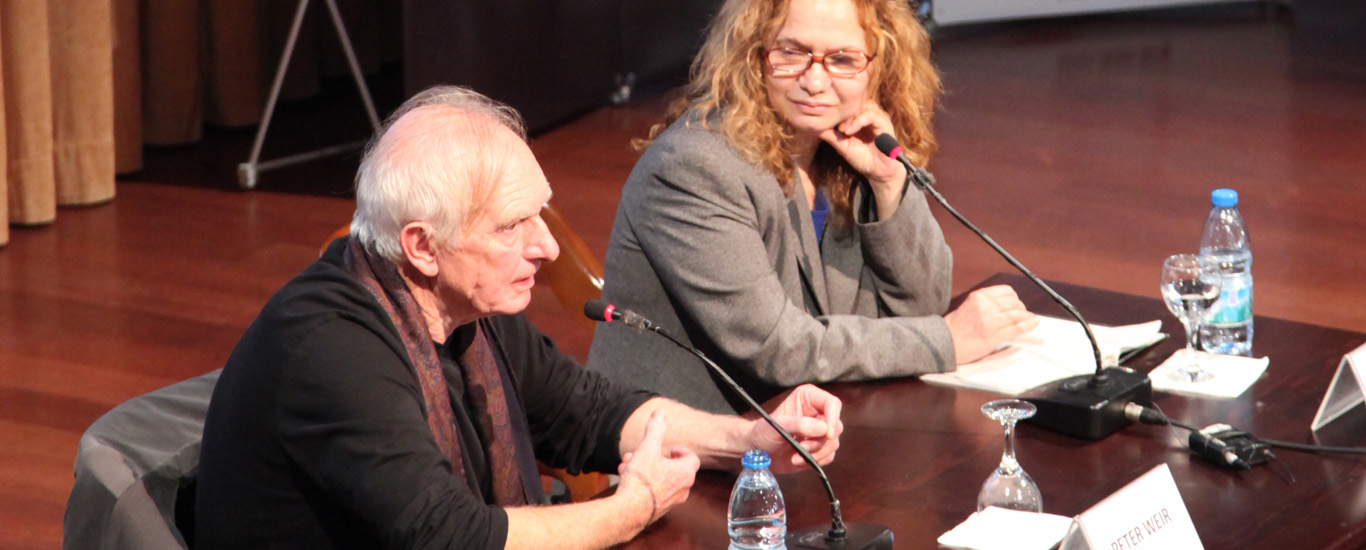A part of the Australian New Wave in the 1970s, Peter Lindsay Weir started his career as a camera and production assistant. He moved on to feature films from shorts. Even with his debut he tackled those irrational forces which would bring chaos onto our world as we know it - The Cars that Ate Paris (1974) is a predominantly black humoured gothic horror story. This was followed by Picnic at Hanging Rock (1975) with its memorable mood, and the eerie The Last Wave (1977). Underlining the isolation of Australia, Gallipoli (1982) brought him international renown. Weir is keen in telling about maladjusted people who find themselves in surroundings where they don’t belong to.
Coincidences helped him out. He was inspired by a newspaper story for his first film. The second was an adaptation from Joan Lindsay’s book. The third was inspired by a Roman head sculpture unearthed in Tunisia. He took off from an incident he had experienced with his friends for the TV film The Plumber. His guide in Gallipoli was the actual battlefield which he wandered for two days.
His Hollywood days started with The Witness, he was lauded for Dead Poets Society (1989) with Robin Williams in the dramatic lead; he had a five-year hiatus after Green Card (1990) and Fearless (1993); The Truman Show (1998) this time starred Jim Carrey in a dramatic role. Five years later, he returned with Master and Commander: The Far Side of the World. He planned to make a humble film after The Way Back (2010), and we are still anticipating: a Peter Weir film, classy, masterful and narrative-based...
– Sevin Okyay









